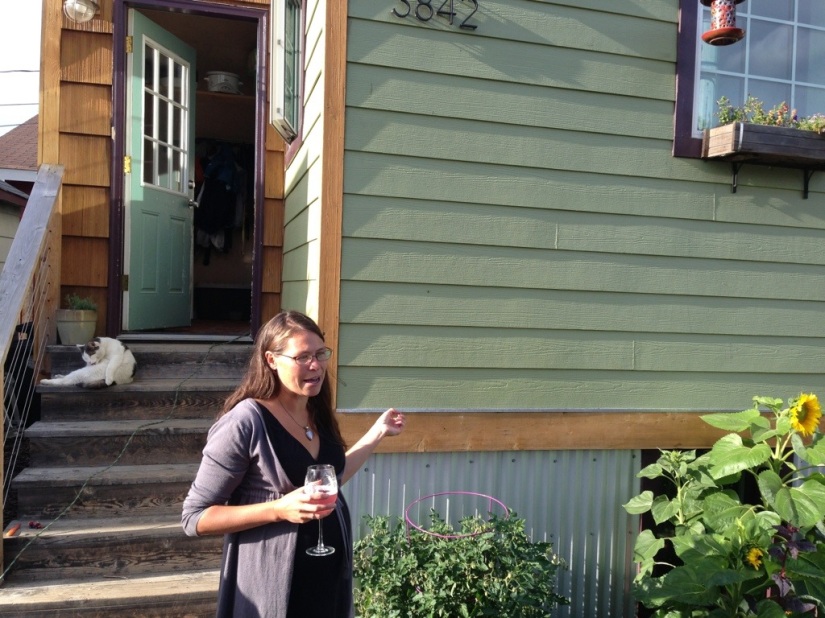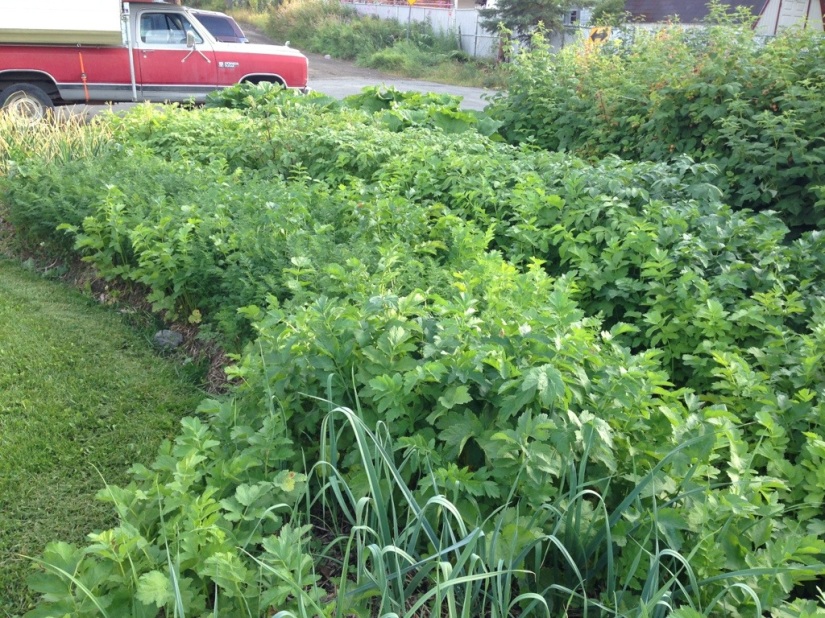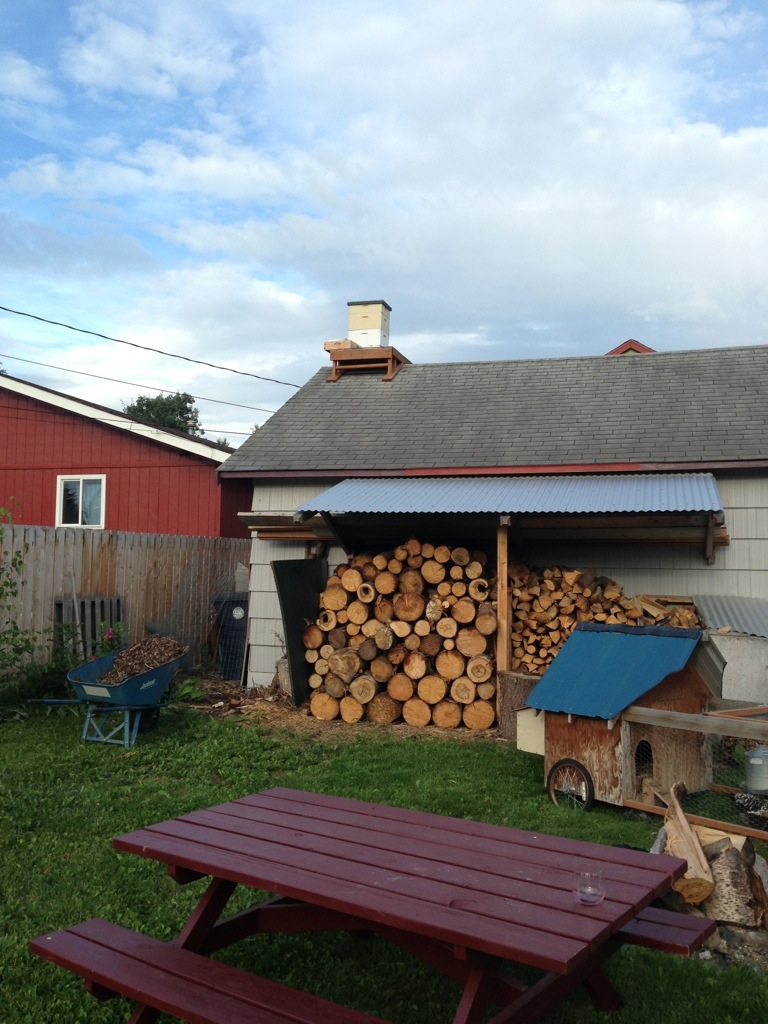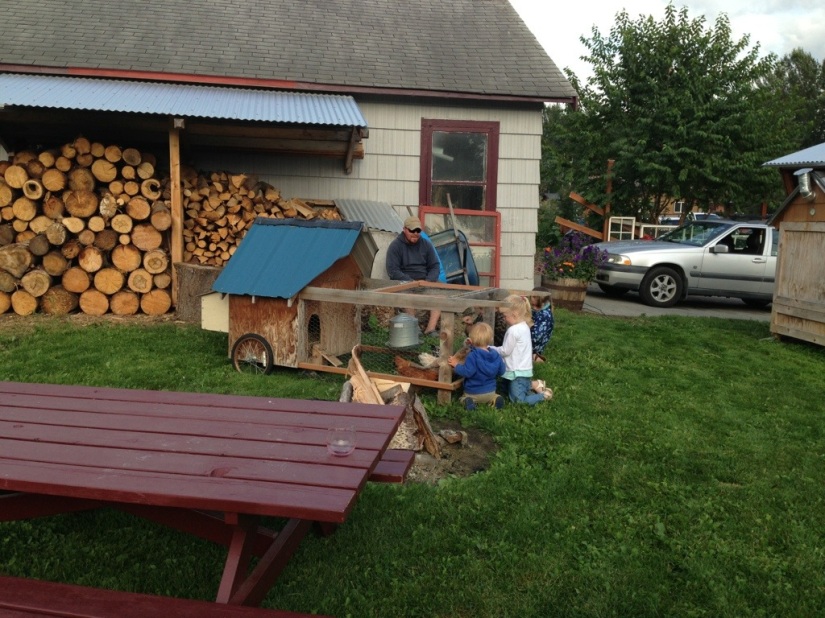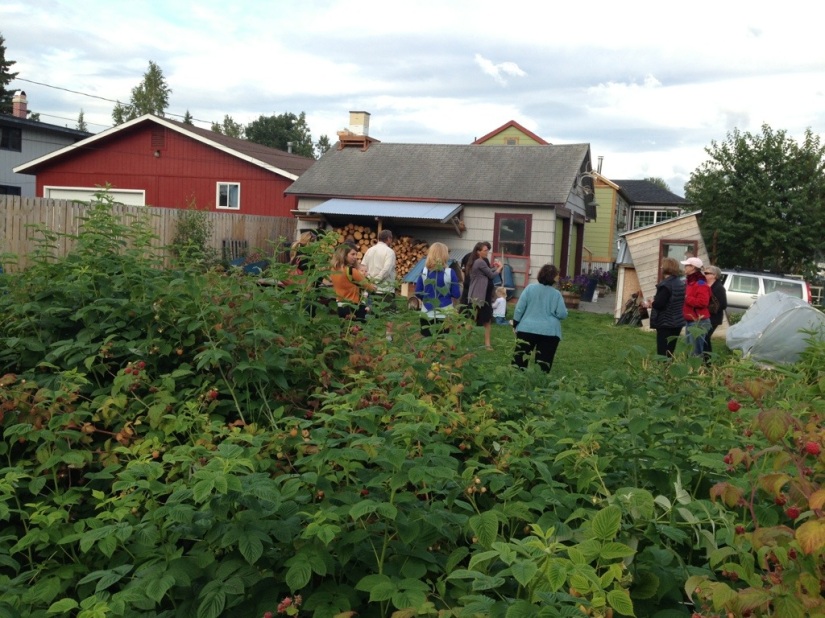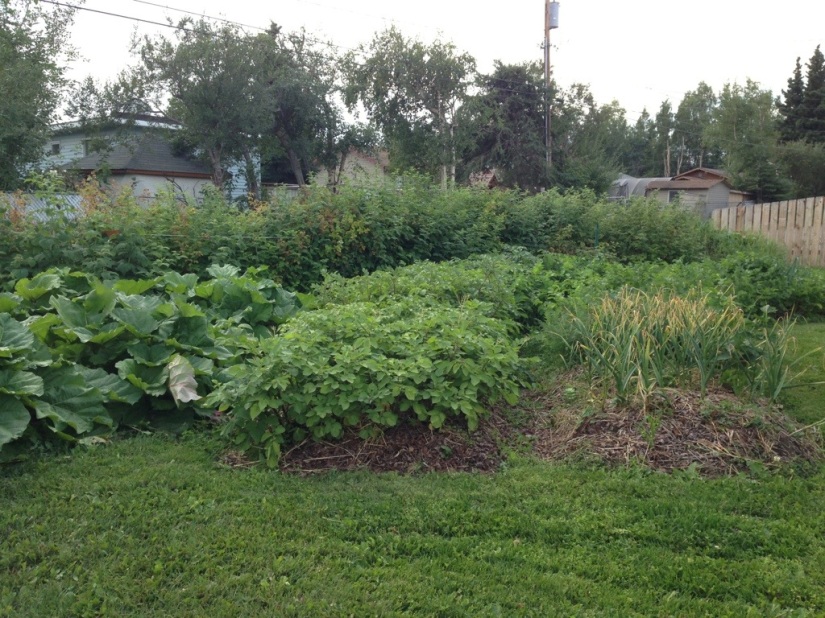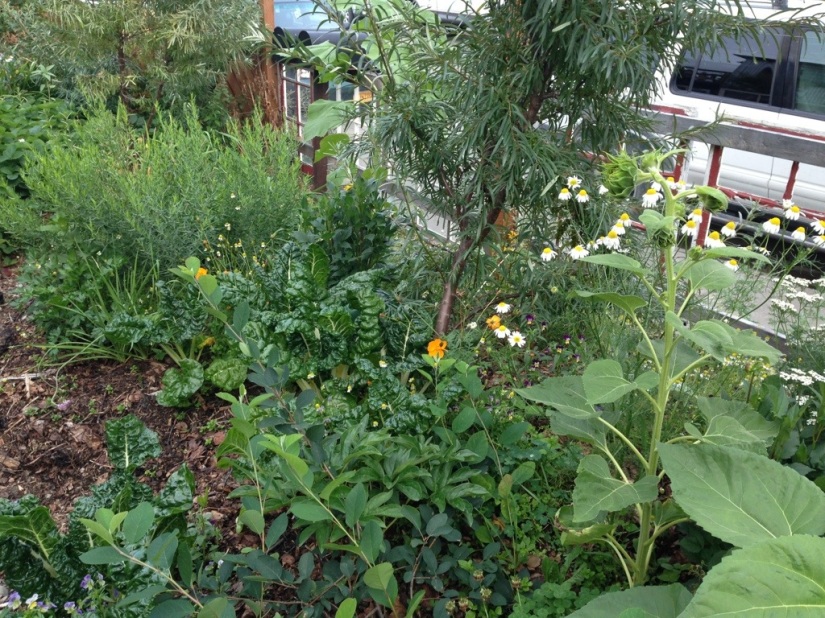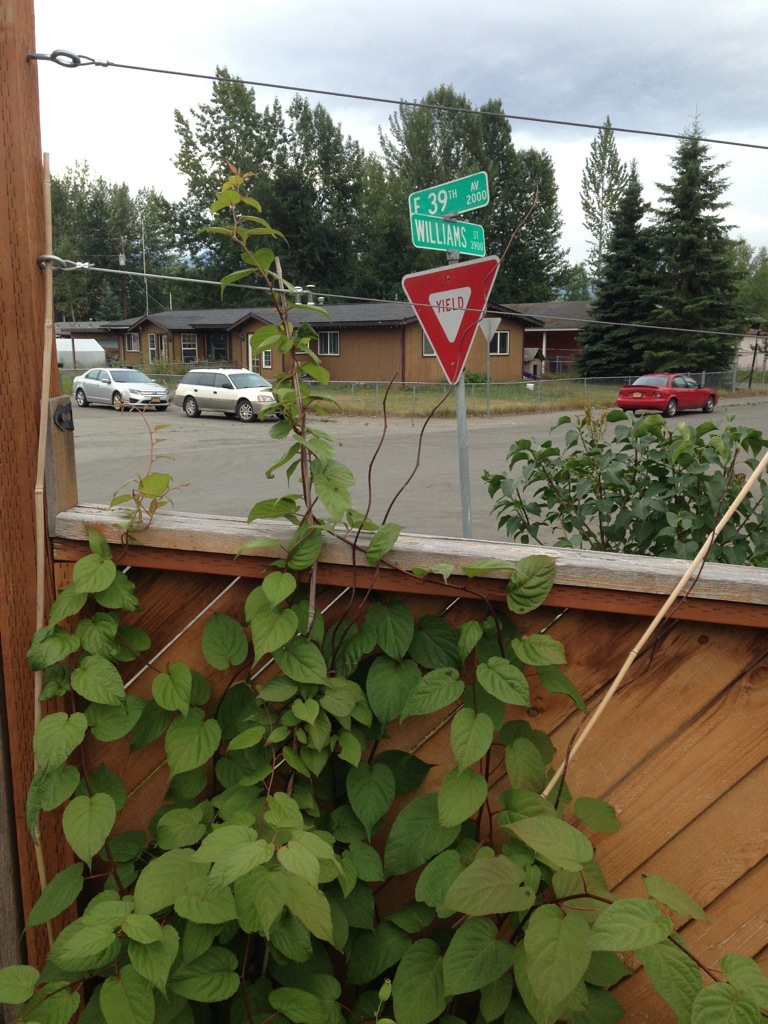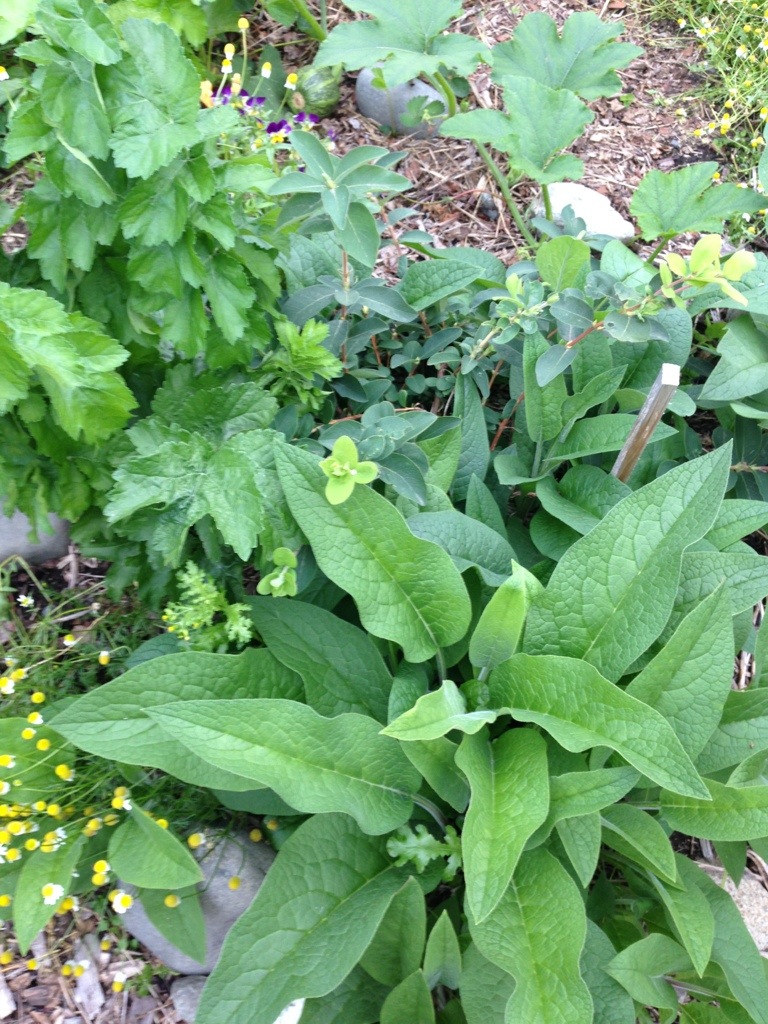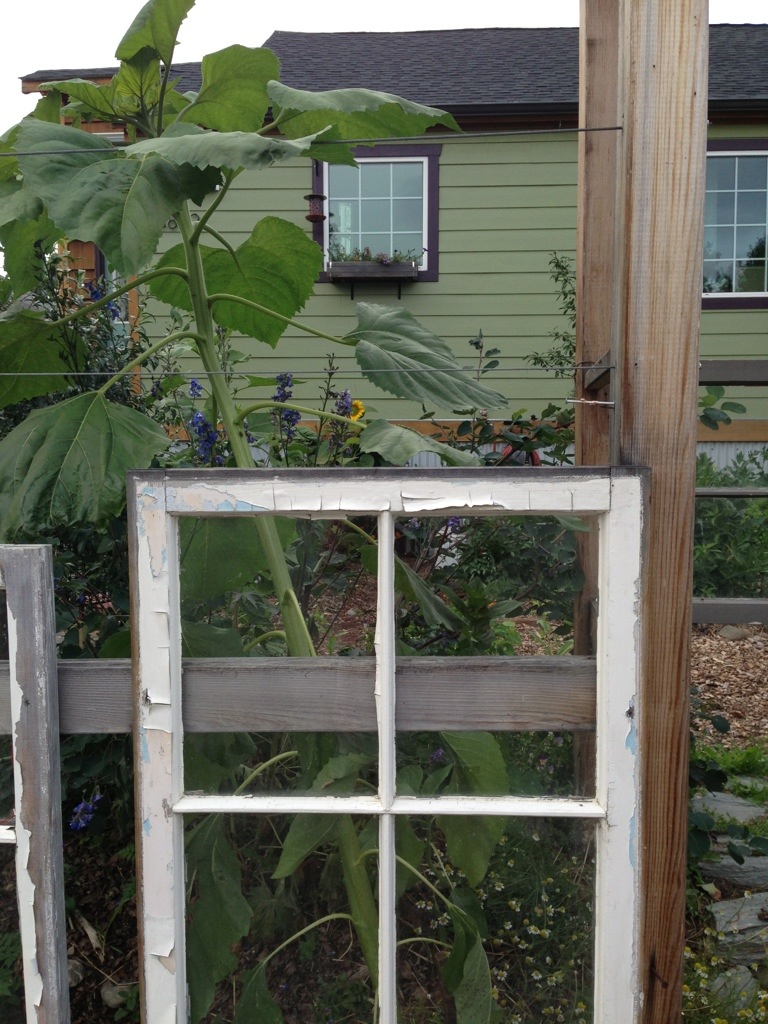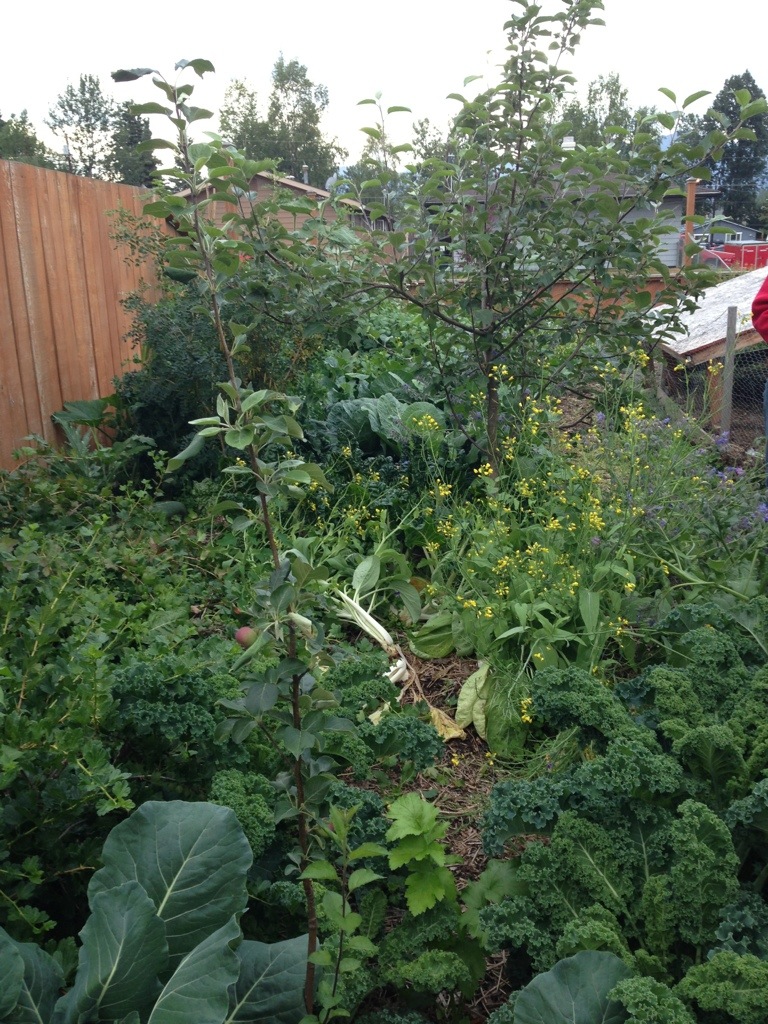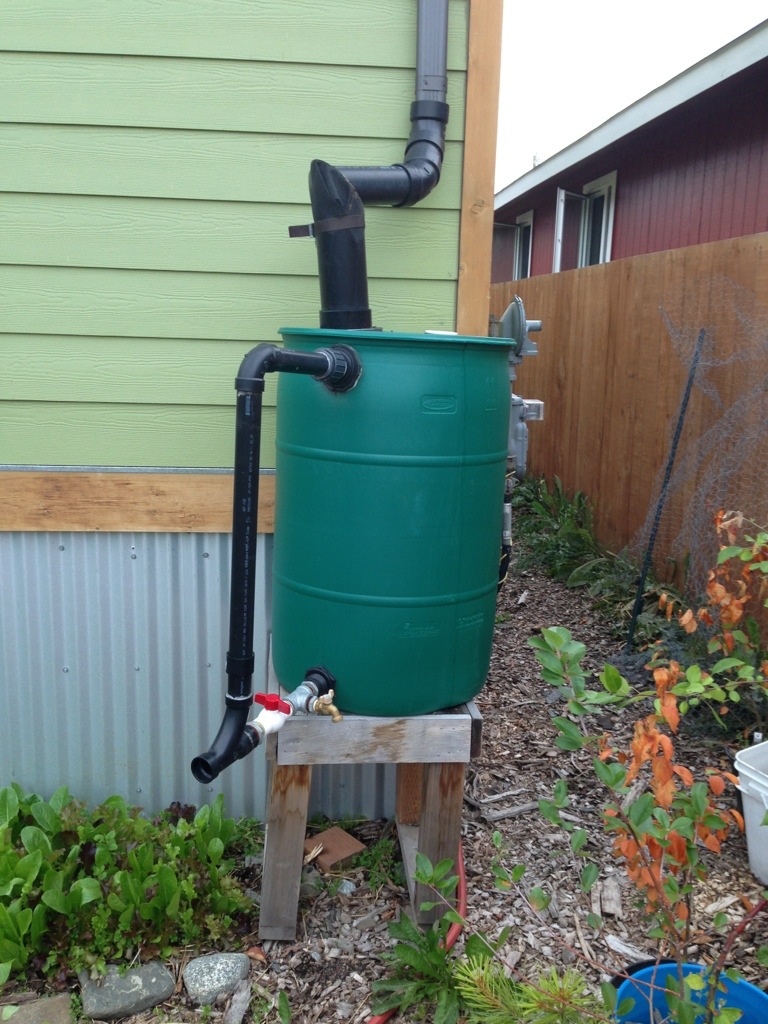I have spent the past few months reading books, digging through websites, and watching documentaries. Below is a list of my favorite resources. My next step is to start sharing what I have learned as well as sharing the ups and downs of my journey towards a more environmentally friendly lifestyle.
Our Impact on the Health of the Environment
Stuff Happens with Bill Nye: http://planetgreen.discovery.com/tv/stuff-happens/
McKibben, Bill. (2010). Eaarth: Making a Life on a Tough New Planet. New York, NY: St. Martin’s Press.
Toxins in the Environment & Their Impact on Human Health
Agency for Toxic Substances and Disease Registry: http://www.atsdr.cdc.gov/
The Environmental Working Group: http://www.ewg.org/
Toxins in Your Home & Their Impact on Human Health
Baker, Nena. (2008). Body Toxic: How the Hazardous Chemistry of Everyday Things Threatens Our Health and Well-Being. New York, NY: North Point Press.
The Environmental Working Group: http://www.ewg.org/
Lourie, B., and Smith, R. (2009). Slow Death by Rubber Duck: The Secret Danger of Everyday Things. Berkeley, CA: Counterpoint
ZRecs Guide to safer children’s products: http://www.zrecsguide.com/
The Health of Our Food
EWG’s Shopper’s Guide to Pesticides in Produce. Environmental Working Group. http://www.ewg.org/foodnews/summary/
Food, Inc., the movie: http://www.takepart.com/foodinc
McKibben, Bill. (2010). Eaarth: Making a Life on a Tough New Planet. New York, NY: St. Martin’s Press.
O’Brien, Robyn. (2009). The Unhealthy Truth: One Mother’s Shocking Investigation Into the Dangers of America’s Food Supply–And What Every Family Can Do To Protect Itself. New York, NY: Broadway Books.
Pollan, M. (2009). In Defense of Food: An Eater’s Manifesto. New York, NY: Penguin Publishing.
What’s On My Food? A searchable database designed to make the public problem of pesticide exposure visible and more understandable: http://www.whatsonmyfood.org/index.jsp
Green Cleaning and Body Care
Briggs, R. (2009). Make Your Place: Affordable, Sustainable, Nesting Skills. Portland, OR: Microcosm Publishing.
Siegel-Maier, K. (2008). The Naturally Clean Home: 150 Super-Easy Herbal Formulas for Green Cleaning. North Adams, MA: Storey Publishing.
Gardening & Growing Your Own Food (These are books I’ve found helpful as a novice gardener)
Madigan, C. (2009). The Backyard Homestead: Produce All the Food You Need on Just a Quarter Acre! North Adams, MA: Storey Publishing
Buckingham, A., Whittingham, Jo. (2008). Grow Vegetables: Gardens, Yards, Balconies, Roof Terraces. New York, NY: DK Publishing.
The Story of Stuff Project
Leonard, Annie. (2010). The Story of Stuff: The Impact of Overconsumption on the Planet, Our Communities, and Our Health–And How We Can Make It Better. New York, NY: Free Press.
Story of Stuff Videos: http://www.storyofstuff.org/movies-all/
- The Story of Stuff
- The Story of Cosmetics
- The Story of Bottled Water
- The Story of Broke
- The Story of Electronics
- The Story of Citizens United vs. FEC
- The Story of Cap and Trade
Please feel free to post your own favorite resources!

